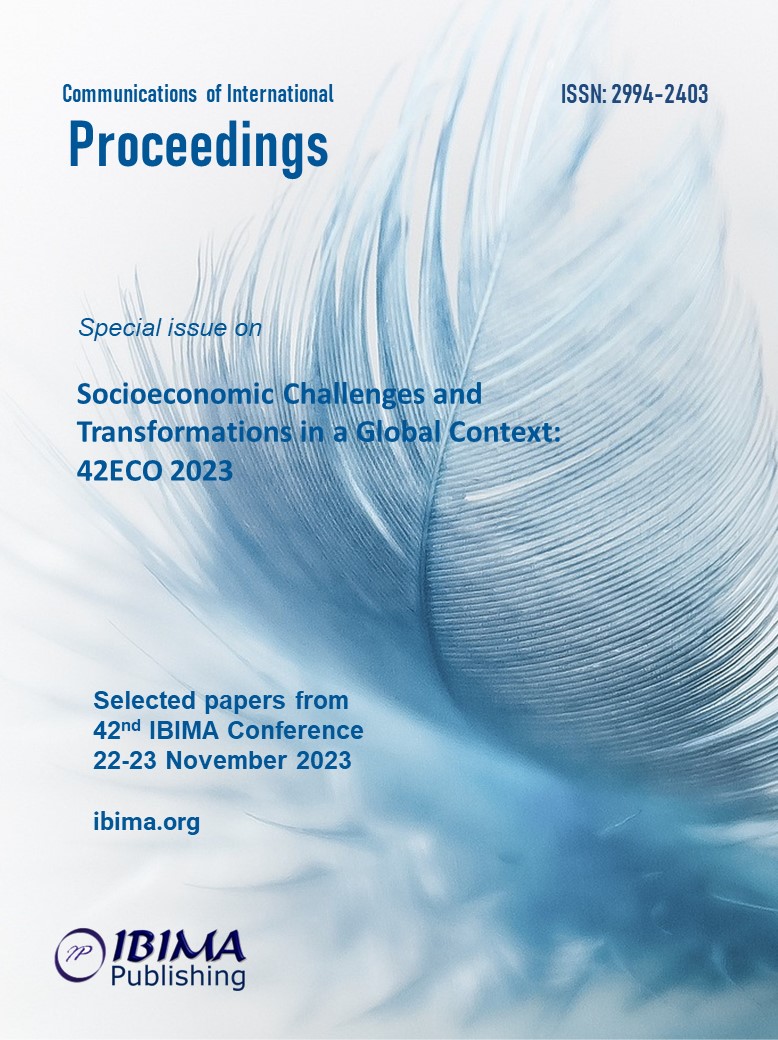
Dominika BŁĘDZIŃSKA, Magdalena RYBACZEWSKA-BŁAŻEJOWSKA and Dominik JEZIERSKI
Kielce University of Technology, Poland

of the composite packaging is 0.118 kg CO2 eq compared to 0.169 kg CO2 eq for the plastic packaging. Both sets of results demonstrate that the composite packaging generates approximately 30% less greenhouse gas emissions than the plastic packaging.
In the context of the growing challenges related to the European Green Deal, eco-innovations in the packaging industry are becoming increasingly important. These include, among others, reducing material consumption, exploring new combinations of materials, using recycled materials more extensively, optimizing packaging design (adjusting packaging sizes) and closed-loop lifecycles. The article presents new trends in product packaging using a comparison of the carbon footprint of a conventional plastic packaging, made in 72% out of polypropylene (PP), with an eco-innovative composite packaging, being a combination of three different materials, including fiber cardboard (virgin and recycled one) (95%) and polyethylene (PE) (5%). The study was conducted using the ReCiPe 2016 and IPCC 2013 methods.
The research results showed that the composite packaging has a significantly lower carbon footprint than the plastic packaging, regardless of the research method used. Thus, according to the ReCiPe 2016 method, the carbon footprint of the composite packaging is 0.121 kg CO2 eq compared to 0.174 kg CO2 eq for the plastic packaging. Meanwhile, according to the IPCC 2013 method, the carbon footprint